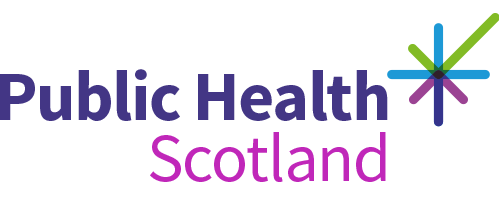Rapid Action Drug Alerts and Response (RADAR) quarterly report
October 2022
A Management Information Statistics publication for Scotland
- Published
- 11 October 2022
- Type
- Statistical report
- Author
- Public Health Scotland
About this release
Our quarterly report
The Drugs Team at Public Health Scotland (PHS) has compiled this report of drug-related indicators in order to inform action to prevent drug harms and deaths.
The objectives of this report are to:
- monitor changes in drug trends, harms and use of services to inform immediate and short-term actions that reduce drug harms
- detect potential clusters of harms and recommend appropriate responses
Update
This publication was updated on 10 November 2022 to add a new indicator called 'Police Scotland interim drug bulletin'.
This special interim bulletin released by Police Scotland STOP Unit provides information on nitazene-type drugs found in pills sold as oxycodone.
Data and reporting period
This release reports on Scotland-level data.
Observed changes in indicators may reflect genuine trends in behaviours but may also be influenced by factors such as the configuration of services, or data quality and completeness issues.
These data may be subject to change. Further analysis of these data will be made available in our Official and National Statistics publications on substance use.
Analysis for some indicators is available by NHS board in the substance use section of the COVID-19 wider impacts dashboard.
Different time periods may be reported across the different indicators. In all cases, the most recently available data are used. Where possible, charts are based upon a 2-year time series.
Key time periods, during which notable pandemic restrictions were in place, are indicated by reference lines and shaded areas on the charts.
View a comprehensive timeline of Scottish COVID-19 events and restrictions.
Date of next report
The next release of this publication will be 24 January 2023.
Acknowledgements
This report reflects the collective efforts of different organisations and hundreds of people in frontline and supporting roles who record, organise, analyse and interpret information from a range of sources and services.
We gratefully acknowledge the continued commitment and effort of all those involved.
Summary of trends
- Specialist drug treatment referrals
The number of referrals between week beginning 4 April 2022 and week ending 3 July 2022 were 8% lower compared to the previous period between 3 January and 3 April 2022 and 22% lower than expected compared to the same period in 2021.
- Opioid substitution therapy ePrescribing
The number of prescribed methadone and buprenorphine items remained relatively stable between 1 April and 30 June 2022.
- Injecting equipment provision
Both the number of transactions and the number of needles and syringes distributed between week beginning 4 April 2022 and week ending 3 July 2022 were similar compared to the previous period between 3 January and 3 April 2022 (1% and 2% increase, respectively).
The number of transactions and number of needles and syringes distributed between April and July 2022 were lower than the same period in the previous two years.
- Emergency naloxone administration
A 17% increase in incidents was recorded between 1 April and 30 June 2022, compared to the period between 1 January and 31 March 2022.
Incidents were lower than expected compared to similar time periods in the previous two years.
- Drug-related acute hospital admissions
There was a 4% increase in drug-related hospital admissions between 4 April and 26 June 2022, compared to the period of 10 January to 3 April 2022.
Admissions were considerably lower than the similar time periods in 2020 and 2021.
- Drug overdose or intoxication attendances at emergency departments
A 22% increase in emergency department attendances was recorded between 2 May and 31 July 2022, compared to 31 January and 1 May 2022.
Attendances were comparable to similar time periods in the previous two years.
- ASSIST: A Surveillance Study in Illicit Substance Toxicity
New pilot to study the clinical clinical characterisation and toxicological analysis of emergency department presentations at the Queen Elizabeth University Hospital in Glasgow.
- Forensic toxicology testing for controlled substances
The proportion of post-mortem tests detecting benzodiazepines decreased between 1 April and 30 June 2022 and was lower than expected compared to the previous year.
In cases testing positive for controlled drugs, multi drug detection remains the norm.
- Scottish Prison Service drug analysis project
Synthetic cannabinoid is the most prevalent drug type detected in seizure analysis.
There was a 10% increase in samples testing positive for cocaine between 1 January and 31 March 2022.
- Suspected drug-related deaths
There were 562 suspected drug deaths during the first six months of 2022. This was 22% (160) lower than during the same period of 2021.
- Police Scotland drug trends bulletin
This update shows images of tablets including MDMA (ecstasy) and street benzos (benzodiazepines).
- Reports of drug harms to RADAR
Eight reports were validated by RADAR between 1 July and 23 September 2022.
